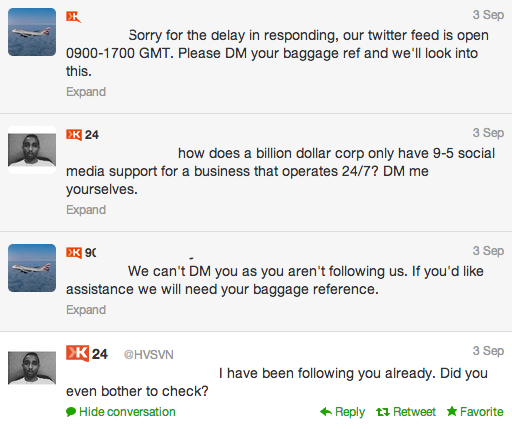There’s never a dull moment in the life of a marketer. Our days go from brainstorming creative ideas to gathering data on campaigns, putting together strategies, and cringing at the bad marketing mishaps that we see online.
We thought we’d share a few scary marketing tactics and practices that haunt us (daily). But, of course, these are all marketing mishaps that you can easily avoid by just knowing what to look out for.
Here are ten freaky marketing mistakes to avoid and what to do instead this Halloween season and beyond.

1. Targeting too broad a target audience
Trick: We all know how frustrating it is to plunge money into advertising, but nothing appears to be converting leads into customers. “Anyone can be a customer” is not the right way to think. The days of pushing out standard messages to mass audiences are over. Treat: Categorize your target audience into those who could be a customer and aren’t ready to buy and those who are ready to buy. Then, get your team together and agree on a unified marketing and sales strategy for both categories. While you’re at it, avoid these common pitfalls when identifying your customer avatar. Real-life: While you don’t want to target everyone, there’s also the risk of going too niche and alienating potential customers. In an interview, Procter & Gamble’s Marc Pritchard said that they were changing their targeting strategy from micro to macro. “We targeted too much, and we went too narrow, and now we’re looking at: What’s the best way to get the most reach but also the right precision?”. The trick comes down to finding the sweet spot that targets enough customers.2. Customer service as a curse
Trick: Bad customer service can haunt your marketing, leading to complaints and negative reviews on social media. Flipping into angry monster mode is the worst thing you can do. Don’t provide inhumane or insincere responses or miss opportunities to address negative comments. Treat: Social media offers a way to provide excellent customer service even after the clock strikes midnight. By handling customer complaints and concerns on social media in the proper manner and immediately, you’ll show the rest of your audience how dedicated you are to keeping them happy. It’s also essential to have a game plan for any potential mishaps. Real-life: John Doe tweeted at an airline about lost luggage, and it took about eight hours for their social media team to respond. Additionally, their response was confusing and demonstrated a lack of competency. Nevertheless, over 76K users saw the thread, and the story was featured on multiple news websites. See their interaction below:

